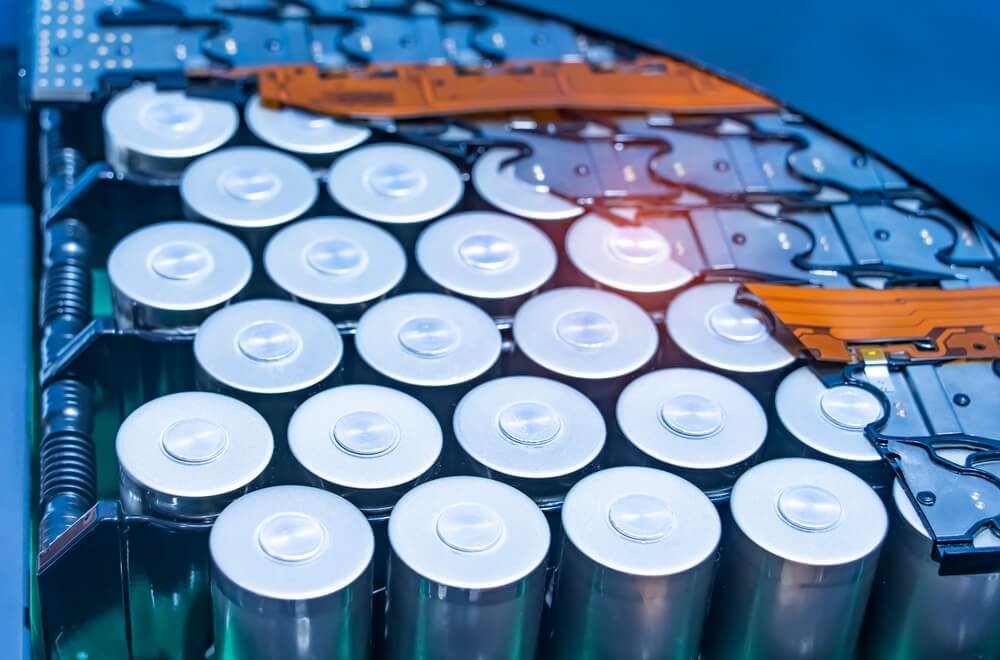Researchers from the Department of Applied Physics at Novosibirsk State University (NSU), in collaboration with colleagues from the Institute of Inorganic Chemistry named after A.V. Nikolaev SB RAS, have developed a groundbreaking method to increase the specific capacity and charge-discharge cycles of lithium-ion batteries. This advancement leverages silicon-based nanopowder, synthesized by a team led by Alexander Zarvin, head of the Department of Applied Physics. The university has recently patented this innovative method, and industrial partners have already shown interest in its implementation.
The production of the nanopowder involves decomposing silicon- and carbon-containing gases through pyrolysis, followed by synthesizing solid silicon-carbon composite materials. This process is carried out using a cyclic chemical compression reactor (CCRS) named Hyperbar. During the highest compression point, or top dead center, the pressure reaches 3-12 MPa, significantly higher than atmospheric pressure. The gases are heated during compression, and as they expand, composite nanoparticles of silicon and carbon form, serving as the anode material.
Silicon, despite its high electrical capacity, typically suffers from low resistance to charge-discharge cycles, leading to structural degradation and capacity loss. To address this, the researchers created nanoparticles with a silicon core and a carbon (graphene) shell. The carbon shell maintains the silicon’s structural integrity and enhances electrical conductivity, resulting in a more durable and efficient anode material.
Boris Ezdin, a department employee, explained that this method produces highly uniform nanoparticles, tens of nanometers in size, with superior quality compared to other production methods. The by-product of the reaction, hydrogen gas, also holds commercial value.
Initially, the researchers obtained these nanopowders while converting natural gas into synthesis gas—a mixture of carbon monoxide (CO) and hydrogen (H2)—using the Hyperbar installation. They discovered that the process could also yield high-quality carbon powders in various allotropic forms.
The silicon-carbon composite powders significantly enhance the specific capacity of lithium-ion batteries, potentially increasing it several times over. This new anode material is stable during cycling and exhibits high specific electrochemical characteristics. It holds promise for applications in large power plants, hybrid and electric vehicles, uninterruptible power supply systems, robotics, autonomous devices, computers, and mobile phones.
“Our invention can revolutionize the production of lithium-ion batteries, contributing to advancements in numerous high-tech industries,” said Boris Yezdin.






